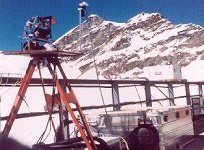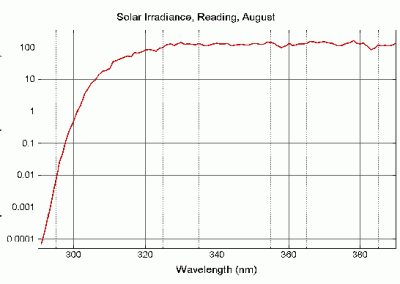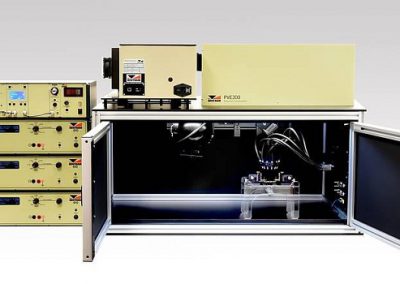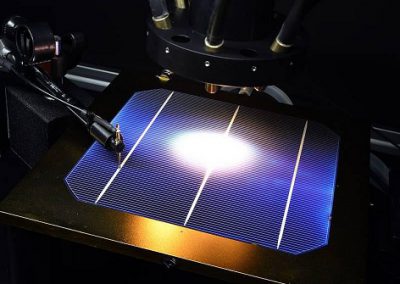

Specialised Photometric Equipment
We offer a range of specialised and customised photometric equipment for various applications.
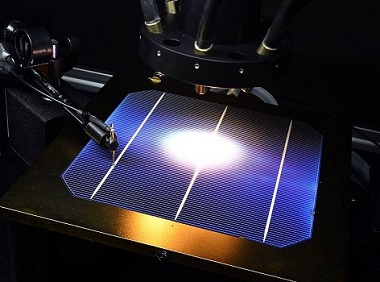
TEP Tunnel Entrance Photometers
BiRT BRDF/BTDF Function Measurement Systems
IDR300-PSL for Photobiological Testing of Lamps (IEC 62471)
DMc150F-U Double Monochromator for Spectral Content of Lamps
Solar Radiation Measurement
PVE300 Photovoltaic EQE (IPCE) and IQE solution
TEP Tunnel Entrance Photometers
The TEP-2.0 Tunnel Entrance Photometer is a measurement system essential to the energy efficient lighting of tunnel portals (entrances and exits).
It is installed in front of the portal, normally at one safe stopping sight distance and produces an output current proportional to the luminance in the central field-of-view around the tunnel portal. This signal can be used to switch banks of luminaires on or off, thereby keeping the lighting of the tunnel at an optimum compared with the surrounding luminance and saving energy. 2 versions exist: 1 single range and 1 dual range
| TEP-1.0 | TEP-2.0 | |
| Dynamic | 0 to 10000 cd/m2 | 0 to 10000 cd/m2 |
| Low Range | N/A | 200 to 500 cd/m2 |
| High Range | 1000 to 10000 cd/m2 | 1000 to 10000 cd/m2 |
| Housing | IP 65 | IP 65 |
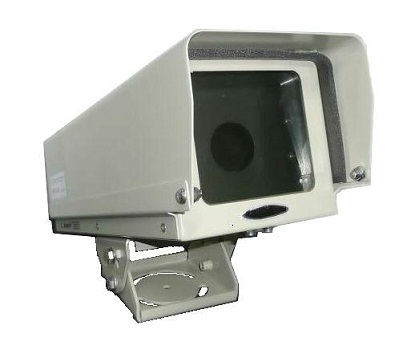
TEP Datasheet
BiRT BRDF/BTDF Function Measurement Systems
The BiRT family is an advanced robot-based BRDF/BDTF measurement solution. The system features:
- Light-tight enclosure with operator safety lockout;
- Collimated input beam with adjustable beam size;
- 6-axis robot for sample positioning and rotation in 3 axes;
- Precision slew ring for detector motion;
- Software control and coordination of all measurement functions.
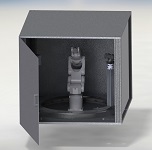
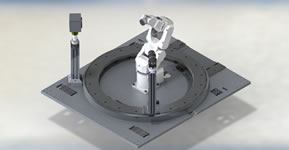
BiRT BRDF/BTDF Datasheet
IDR300-PSL for Photobiological Testing of Lamps (IEC 62471)
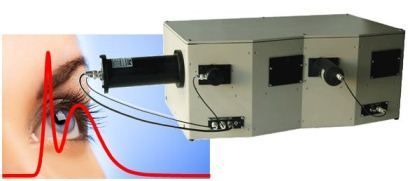
IDR300-PSL Datasheets
DMc150F-U for Spectral Content of Lamps
The DMc150F-U Double Monochromator can be used for measurement of the spectral content of lamps to cover the UV and visible range. Typical applications include:
- Measurement of k1, k2, kUV and kred of lamps according to ECE-R37, ECE-R113, etc.;
- Chromaticity coordinates (x, y) and (u’, v’);
- Correlated colour temperature (CCT);
- Distribution temperature;
- Special colour rendering indices; General colour rendering index (Ra);
- Colour rendering group; Colour appearance group;
- Dominant wavelength; Excitation purity; Colorimetric purity;
- Peak wavelength; Weighted average (centroid) wavelength; FWHM;
- >% Spectral energy statistics.
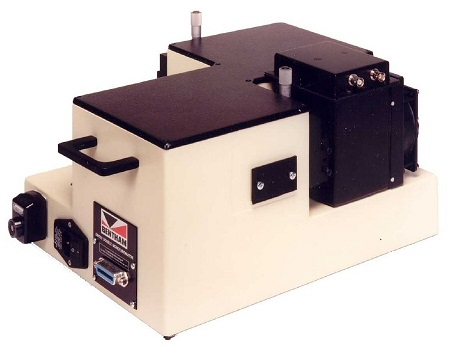
DMc150F-U Datasheet
PVE300 Photovoltaic EQE (IPCE) and IQE
The PVE300 system is an essential tool in photovoltaic research and production line quality processes, employed in the accurate determination of solar cell spectral response/ EQE (IPCE) and IQE.
The PVE300 features full compatibility with all types of photovoltaic devices, materials and architectures, including c:Si, mc:Si, a:Si, µ:Si, CdTe, CIGS, CIS, Ge, dye-sensitised, organic/polymer, tandem, multi-junction (2-, 3-, 4-junction and more), quantum well, quantum dots, chalcogenides and perovskites.
© 2020 Photometric Solutions International Pty Ltd
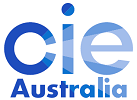
PSI is a sustaining organisational member of CIE Australia.
